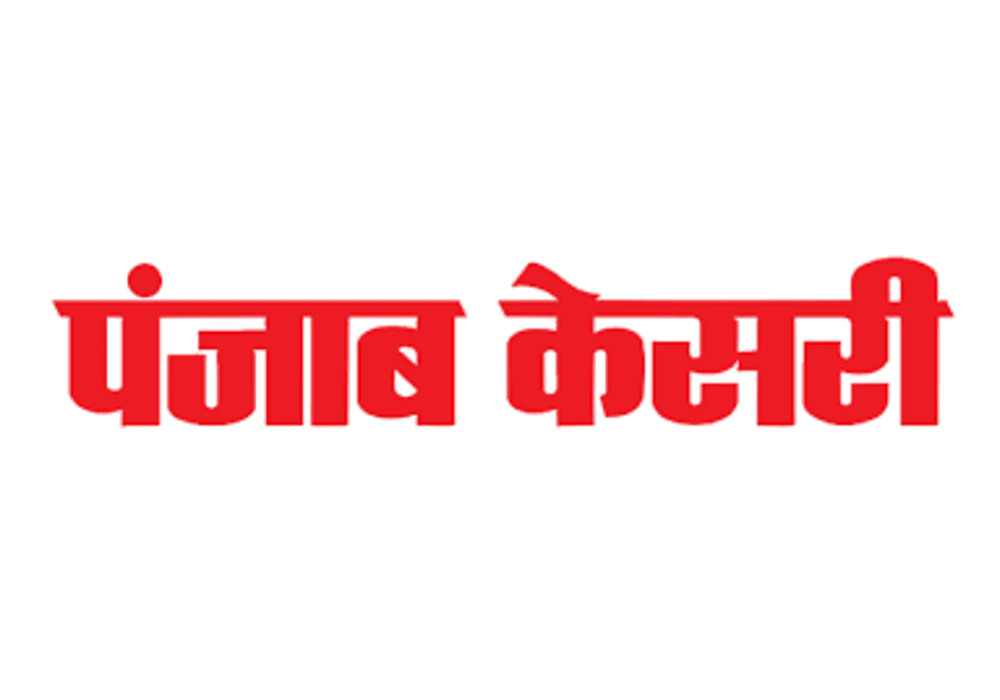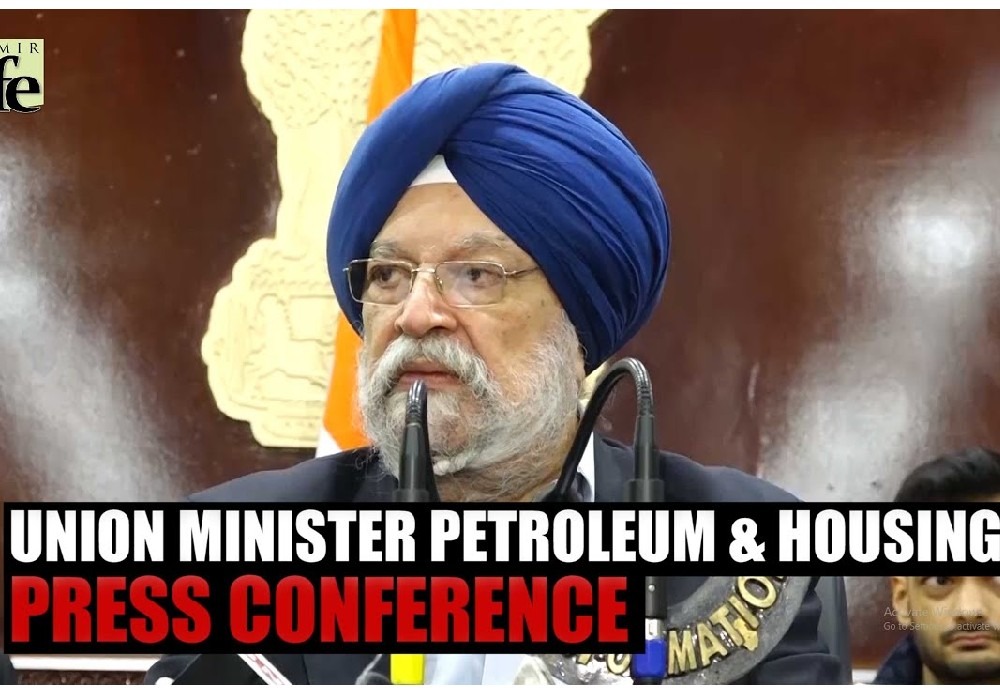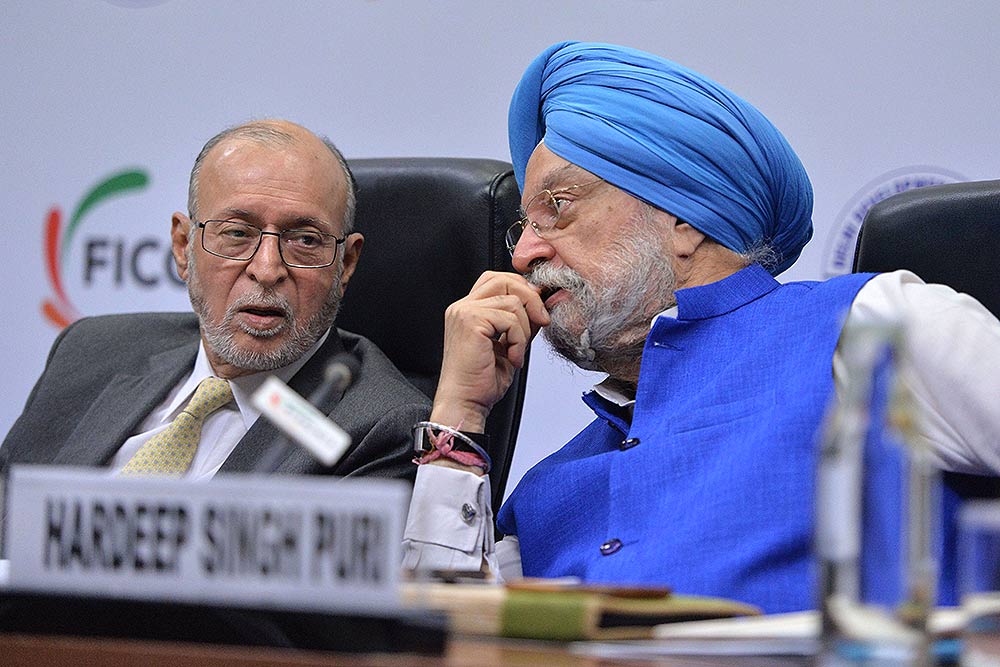Shri Hardeep S Puri, Minister of State (I/C), Housing & Urban Affairs will launch the Swachh Survekshan 2019 on 10th August 2018 in New Delhi. Parallelly, a slew of new initiatives under the Swachh Bharat Mission (Urban) as well as the Ease of Living Index will also be launched. The event will be webcast live for states and cities to witness the launches from across the country. (from official YouTube and Facebook accounts of Press Information Bureau, Govt of India - PIB INDIA)
Background:
As a prelude to encouraging cities to improve urban sanitation, the Ministry of Housing and Urban Affairs (MoHUA) had conducted ‘Swachh Survekshan-2016’ survey for the rating of 73 cities in January 2016, followed by ‘Swachh Survekshan-2017’ conducted in January-February 2017 ranking 434 cities. The recently concluded Swachh Survekshan 2018 ranked 4,203 Cities. Swachh Survekshan has caught the imagination of citizens and stakeholder alike: in 2016, 1 lakh citizens provided their feedback in the survey. In 2017, nearly 20 lakh citizen feedback was received. 2018 garnered feedback from 38 lakh citizens – testimony to the way in which the Swachh Bharat Mission has become an integral part of citizens’ mental maps. The survey has already succeeded in fostering a spirit of healthy competition among towns and cities to improve their service delivery to citizens, towards creating cleaner cities.
Some of the interesting insights gleaned from Swachh Survekshan 2018 included the following:
79% of residents find their area cleaner than last year
73,875 waste pickers provided formal livelihood
In 137 cities, > 60% of the bulk garbage generators are doing on-site composting
33% cities of >1 lakh population have ICT based monitoring of their CT/PTs
Swachh Survekshan has today made ‘swachhata’ a thing of motivation and pride – something to look forward to and aspire for.
Swachh Survekshan 2019
In a bid to scale up the coverage of the ranking exercise and encourage towns and cities to actively implement mission initiatives in a timely and innovative manner, MoHUA now proposes to conduct its fourth survey – Swachh Survekshan 2019 – planned to be conducted from 4th – 31st January 2019 - to rank all cities under Swachh Bharat Mission-Urban (SBM-U).
The distinctive features of the survey would be geared towards encouraging large scale citizen participation, ensuring sustainability of initiatives taken towards garbage free and open defecation free cities, providing credible outcomes which would be validated by third party certification, institutionalizing existing systems through online processes and creating awareness amongst all sections of society about the importance of working together towards making towns and cities a better place to live in.
The Swachh Survekshan 2019 toolkit that will be launched will contain the detailed survey methodology and component indicators with scores to help cities to prepare themselves for taking the survey.
SBM ODF Plus and ODF Plus Plus Protocol
Under the Swachh Bharat Mission (Urban), urban areas of 18 states, and a total of 3,223 cities have become Open Defecation Free, and 2,712 cities among them have been certified as ODF through an independent third party. With urban India poised to become ODF before the end of the Mission period, it is now time to consolidate our ODF achievements to make it sustainable, and address the issue of holistic sanitation, by addressing the entire sanitation value chain.
The SBM ODF Plus and SBM ODF Plus Plus protocols that are planned to be launched are geared towards this objective. While the SBM ODF Plus protocol focuses on sustaining community/ pubic toilet usage by ensuring their functionality, cleanliness and maintenance, the SBM ODF Plus Plus will focus on achieving sanitation sustainability by addressing complete sanitation value chain, including safe containment, processing and disposal of fecal sludge and septage.
The ODF+ and ++ protocol and toolkit to be launched will detail out the necessary conditions to be achieved by cities for declaring themselves as ODF+ and ODF++, alongwith the detailed steps required for third party certifications.
Swachh Manch web portal
The third initiative to be launched under the SBM will be the Swachh Manch, a web-based platform which aims to bring together every stakeholder contributing to the Swachh Bharat Mission under a common platform. The platform will allow stakeholders to create/invite/participate in volunteering opportunities around neighborhoods. Swachh Manch will enable uploads of pictorial evidence of citizens and organizations participating in the initiatives, as well as record the number of hours volunteered, as acknowledgement of citizens’/organisations’ efforts and contributions to the cause of ‘swachhata’. The Swachh Manch will also be integrated with the existing Swachhata App to act as a citizens’ grievance redressal platform.
Ease of Living Index
The Ease of Living Index will also be launched along with an Ease of Living Index dashboard. Apart from presenting the overall national ranking of 111 cities, the dashboard will present ranking of the cities across pillars, category, geographical zone and population classifications. Ease of Living framework comprises four pillars namely Institutional, Social, Economic and Physical which are further broken down into 15 categories and 78 indicators. The dashboard will also have a comparison feature that will allow users to analyse the performance across cities on various liveability parameters. The Ease of Living Index is an initiative of the Ministry of Housing and Urban Affairs (MoHUA) to help cities assess their liveability vis-à-vis global and national benchmarks and encourage cities to move towards an ‘outcome-based’ approach to urban planning and management. The Ease of Living assessment standards are closely linked to the Sustainable Development Goals (SDGs) and will provide a strong impetus to India’s effort for systematic tracking progress of SDGs in the urban areas.

Synopsis Union Minister Hardeep Singh Puri stated India's commitment to an inclusive global energy future through open collaboration, highlighting the India-Middle ..

देश में एक करोड़ यात्री प्रतिदिन कर रहे हैं मेट्रो की सवारी: पुरी ..

Union Minister for Petroleum and Natural Gas and Housing and Urban Affairs, Hardeep Singh Puri addressing a press conference in ..

Joint Press Conference by Shri Hardeep Singh Puri & Dr Sudhanshu Trivedi at BJP HQ| LIVE | ISM MEDIA ..
(3).jpg)
"I wish a speedy recovery to former Prime Minister Dr Manmohan Singh Ji. God grant him good health," Puri wrote. ..